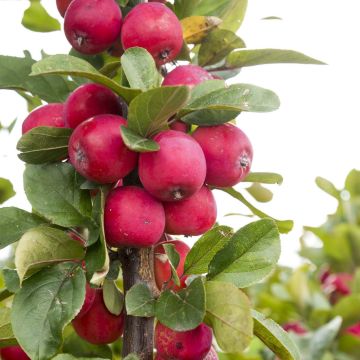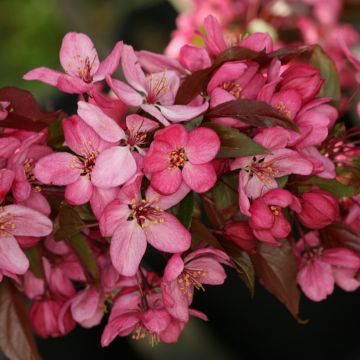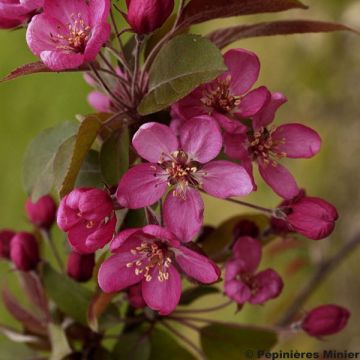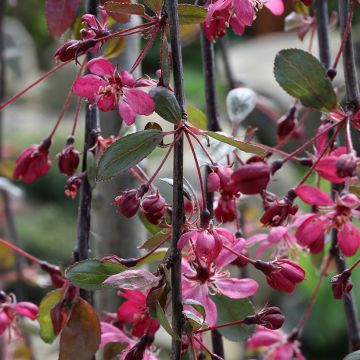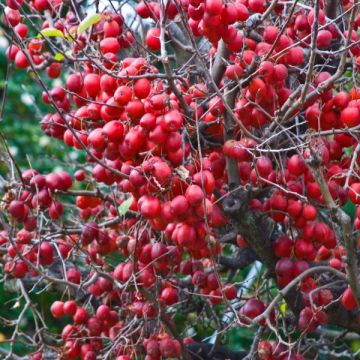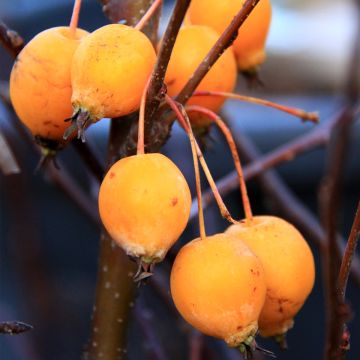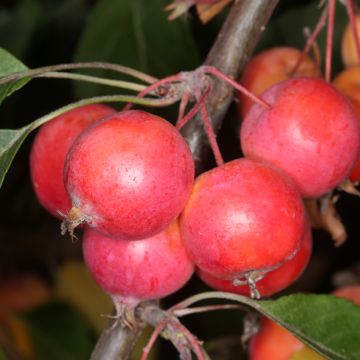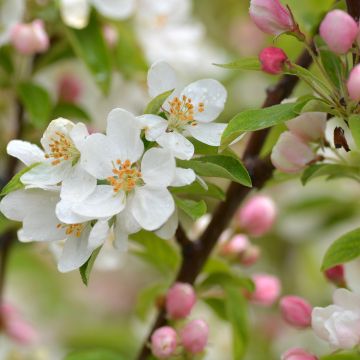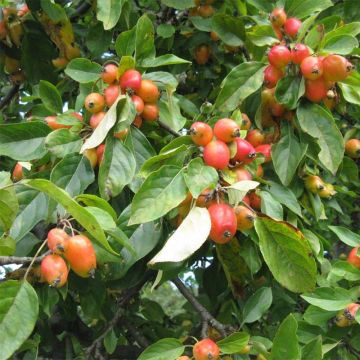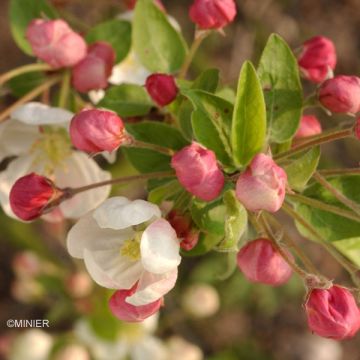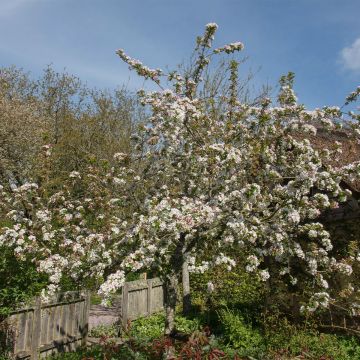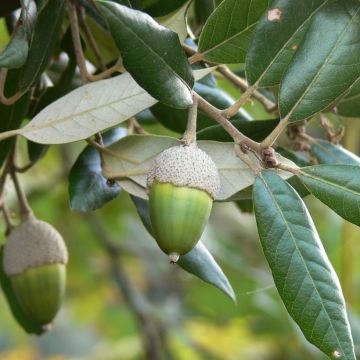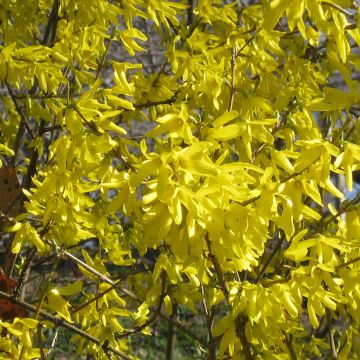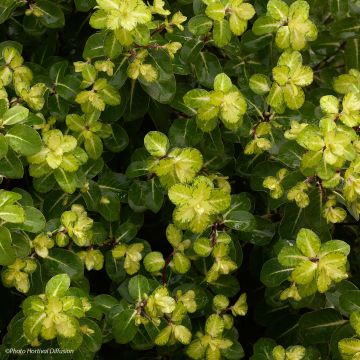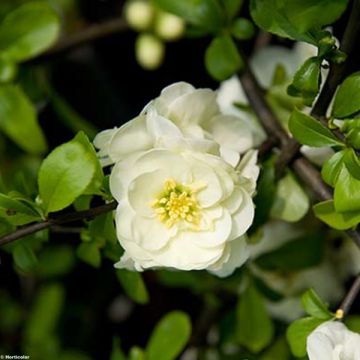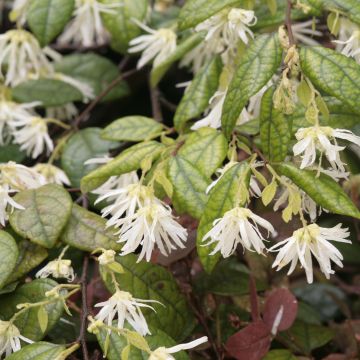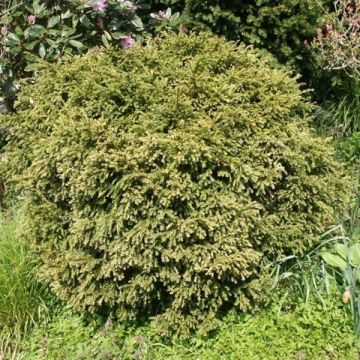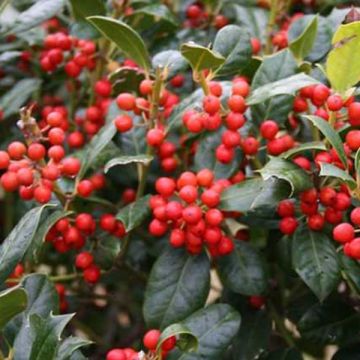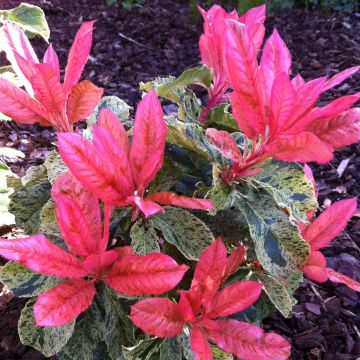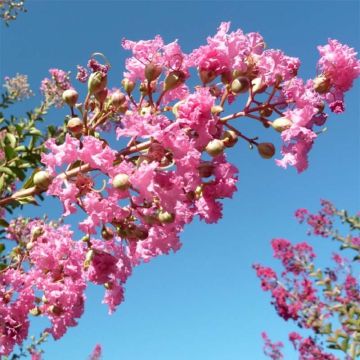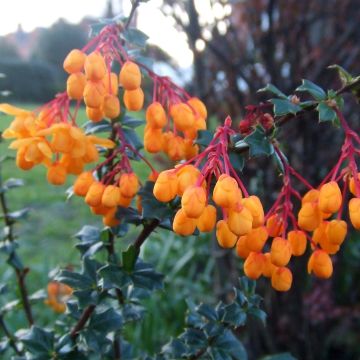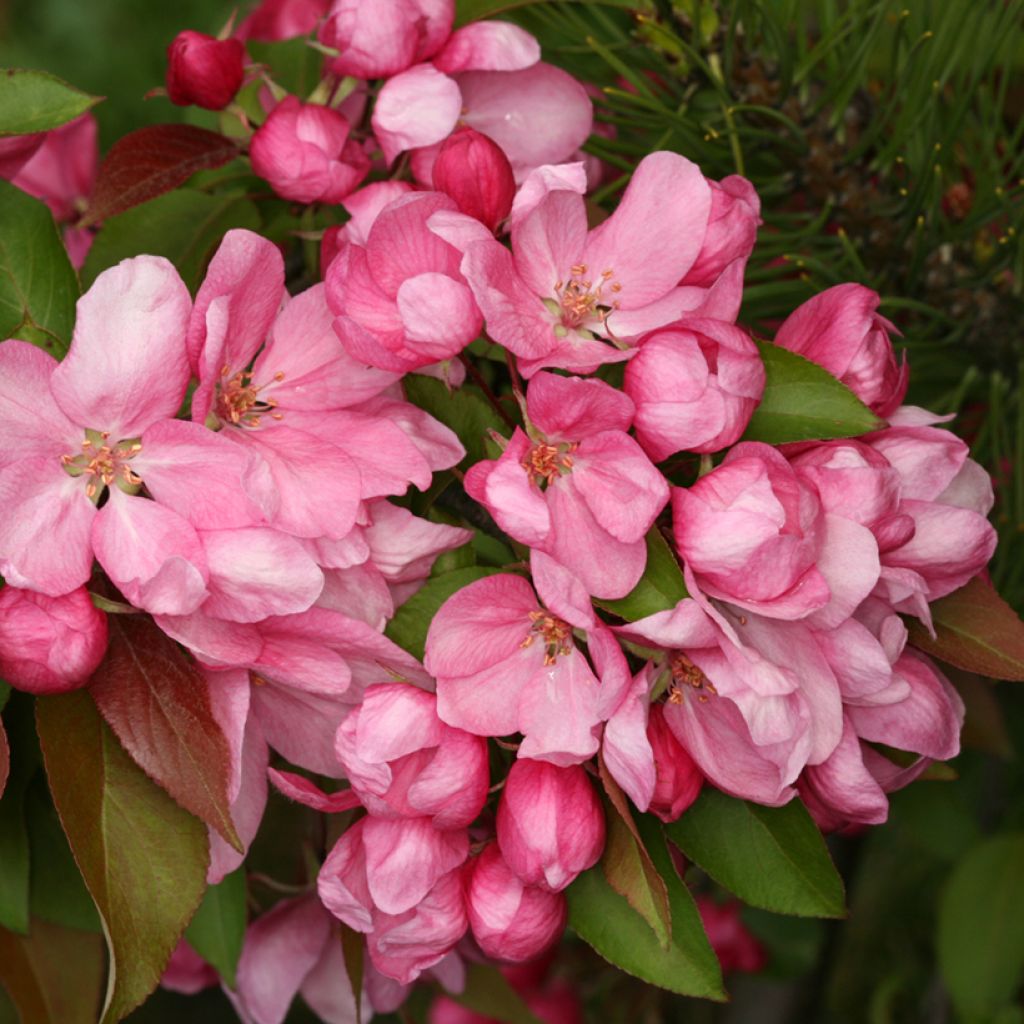

Malus x purpurea Ola - Purple Crabapple
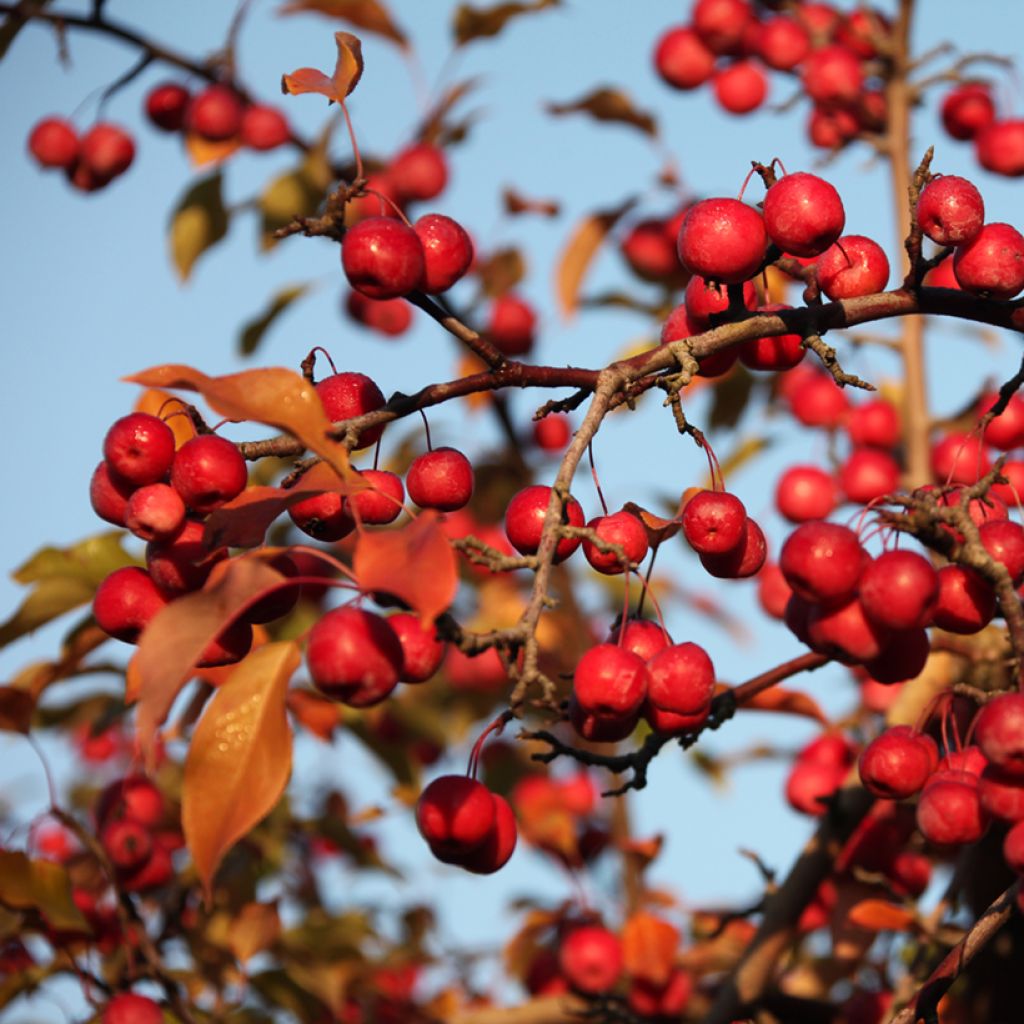

Malus x purpurea Ola - Purple Crabapple
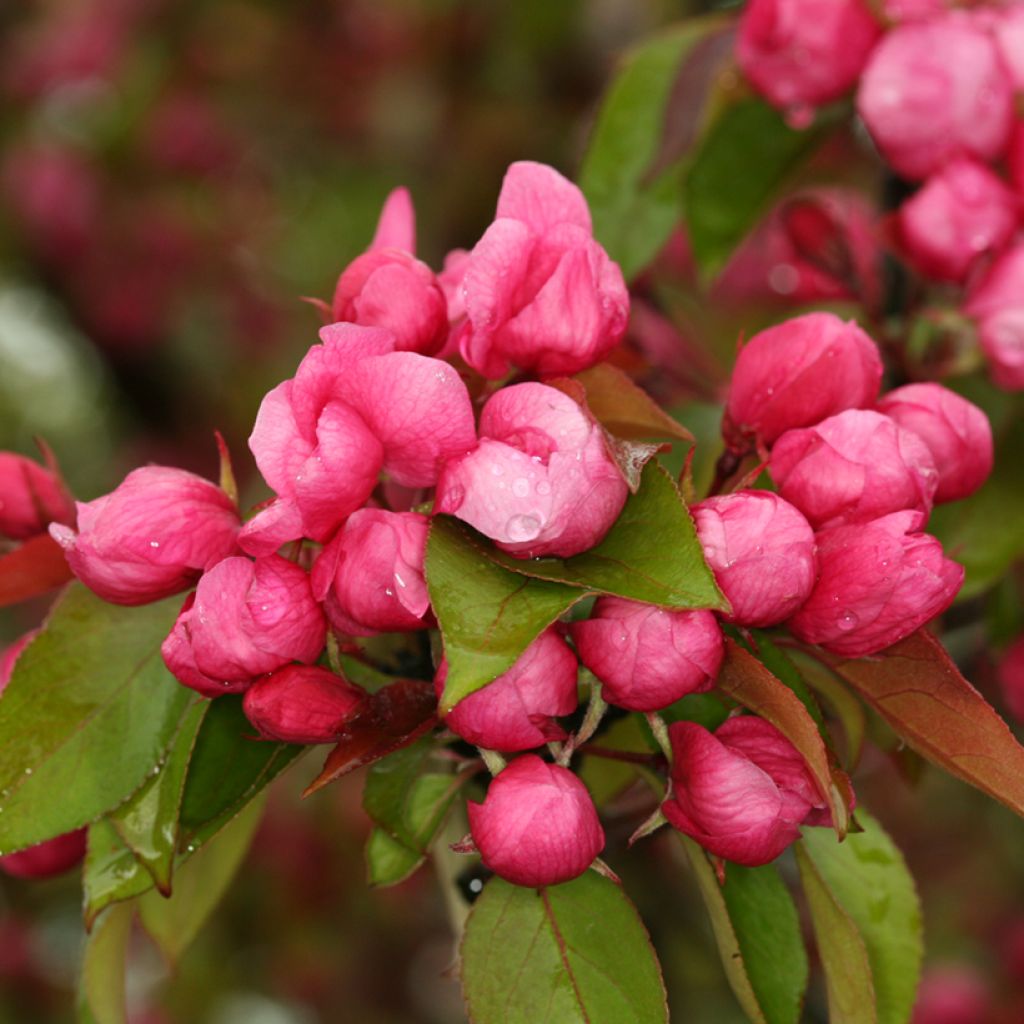

Malus x purpurea Ola - Purple Crabapple
Malus x purpurea Ola - Purple Crabapple
Malus (x) purpurea Ola
Purple Crabapple, Ornamental Crabapple, Purple-leaf Crabapple
Why not try an alternative variety in stock?
View all →This plant carries a 24 months recovery warranty
More information
We guarantee the quality of our plants for a full growing cycle, and will replace at our expense any plant that fails to recover under normal climatic and planting conditions.
Oversize package: home delivery by special carrier from €6.90 per order..
Express home delivery from €8.90.
Does this plant fit my garden?
Set up your Plantfit profile →
Description
The Malus 'Ola' is a rare Polish variety of ornamental apple tree that is interesting for its small size and beautiful colours. This small tree offers a wonderful spring flowering, massive, fragrant, and a pretty purple-pink colour, reminiscent of Japanese cherry blossoms. Its foliage changes from spring purple to dark green in summer, and finally turns purplish-brown in autumn. Its autumn fruiting, red to purple, is as abundant as it is long-lasting on the branches. Superb, it is a variety that thrives in full sun, in a garden soil that is not too dry in summer.
Ornamental apple trees come from various botanical species of the Malus genus belonging to the Rosaceae family. Hardy and often accommodating, Flowering Apples are satisfied with ordinary soil, but prefer loamy, deep, loose, and fresh soil, as well as sunny exposures. Once established, they can be completely forgotten while maintaining their generous character. Many cultivars have been developed in Europe, as well as in the United States, becoming increasingly attractive and disease-resistant. 'Ola', on the other hand, was selected by Jan Grąbczewski in Dąbrówka near Warsaw in the early 1980s from Malus purpurea plants. It is very frost-resistant (zone 4a). Its resistance to fungal diseases is moderate.
The 'Ola' ornamental apple tree is a small tree that grows more or less quickly, depending on the rootstock. It grows quite slowly on its own roots. Over time, the crown widens and rounds out, and its branches bend slightly. It can form multiple small trunks, depending on whether it is grafted or not, which gives it a charming appearance. Its average dimensions at maturity are about 3.50 m in height and 3 m in spread. It maintains a harmonious shape without the need for pruning and develops smooth bark of a dark reddish-brown colour. The flowering occurs in May, sometimes at the end of April depending on the climate, lasting for 2 weeks, on bare branches or barely covered with very young leaves. It takes the form of numerous single flowers, 5 cm in diameter, of a mix of purple-pink and lighter pink. The young leaves are purple, become coppery, then lighten and turn dark green in summer. The fragrant flowering, visited by bees, is followed by the formation of an abundance of small round apples, 2 to 3 cm in diameter, hanging along the 2-year-old branches. When ripe in September, they are very dark red, even purple. These small apples are eagerly sought after by birds. They are edible and can be used to make compotes or jams. The deciduous foliage turns red, purple, and brown in autumn before falling. It consists of ovate, alternate, and dentate leaves.
The Malus 'Ola', like many flowering apple trees, is a good pollinator for early-flowering fruiting apple trees. Its abundant flowering, although less long-lasting than that of an ornamental cherry tree, is prolonged by the beauty of its fruits until winter. The habit adds to the charm of this variety with an endearing personality. This 'Ola' apple tree finds its place in a medium-sized garden, as a specimen or in a free hedge. It can be associated with climbing roses, lilacs, or even large weigelas and hawthorns. When space allows, ornamental apple trees, planted in a large hedge on a slope bordering a sunken alley, create a rather magical scene in spring, as well as in autumn, as their colours are often sumptuous at the end of the season.
Report an error about the product description
Plant habit
Flowering
Foliage
Botanical data
Malus
(x) purpurea
Ola
Rosaceae
Purple Crabapple, Ornamental Crabapple, Purple-leaf Crabapple
Cultivar or hybrid
Other Malus - Crabapple
Planting and care
Easy to grow in deep, well-drained soil, Malus 'Ola' requires a sunny exposure to bloom well and stay healthy. Ornamental Malus trees are generally accommodating, but they prefer fertile, fresh, and deep soil. After careful planting and establishment with regular watering during the first two years, they can manage on their own. During dry years, it is advisable to water the tree. Plant it in full sun or partial shade in cool, fairly rich, and well-drained soil, giving it room to spread. Dig a large planting hole. If the soil is poor, add compost to the planting soil and apply fertiliser or compost at its base every spring. To prevent diseases, treat with fungicide in spring.
Planting period
Intended location
Care
This item has not been reviewed yet - be the first to leave a review about it.
Hedge shrubs
Haven't found what you were looking for?
Hardiness is the lowest winter temperature a plant can endure without suffering serious damage or even dying. However, hardiness is affected by location (a sheltered area, such as a patio), protection (winter cover) and soil type (hardiness is improved by well-drained soil).

Photo Sharing Terms & Conditions
In order to encourage gardeners to interact and share their experiences, Promesse de fleurs offers various media enabling content to be uploaded onto its Site - in particular via the ‘Photo sharing’ module.
The User agrees to refrain from:
- Posting any content that is illegal, prejudicial, insulting, racist, inciteful to hatred, revisionist, contrary to public decency, that infringes on privacy or on the privacy rights of third parties, in particular the publicity rights of persons and goods, intellectual property rights, or the right to privacy.
- Submitting content on behalf of a third party;
- Impersonate the identity of a third party and/or publish any personal information about a third party;
In general, the User undertakes to refrain from any unethical behaviour.
All Content (in particular text, comments, files, images, photos, videos, creative works, etc.), which may be subject to property or intellectual property rights, image or other private rights, shall remain the property of the User, subject to the limited rights granted by the terms of the licence granted by Promesse de fleurs as stated below. Users are at liberty to publish or not to publish such Content on the Site, notably via the ‘Photo Sharing’ facility, and accept that this Content shall be made public and freely accessible, notably on the Internet.
Users further acknowledge, undertake to have ,and guarantee that they hold all necessary rights and permissions to publish such material on the Site, in particular with regard to the legislation in force pertaining to any privacy, property, intellectual property, image, or contractual rights, or rights of any other nature. By publishing such Content on the Site, Users acknowledge accepting full liability as publishers of the Content within the meaning of the law, and grant Promesse de fleurs, free of charge, an inclusive, worldwide licence for the said Content for the entire duration of its publication, including all reproduction, representation, up/downloading, displaying, performing, transmission, and storage rights.
Users also grant permission for their name to be linked to the Content and accept that this link may not always be made available.
By engaging in posting material, Users consent to their Content becoming automatically accessible on the Internet, in particular on other sites and/or blogs and/or web pages of the Promesse de fleurs site, including in particular social pages and the Promesse de fleurs catalogue.
Users may secure the removal of entrusted content free of charge by issuing a simple request via our contact form.
The flowering period indicated on our website applies to countries and regions located in USDA zone 8 (France, the United Kingdom, Ireland, the Netherlands, etc.)
It will vary according to where you live:
- In zones 9 to 10 (Italy, Spain, Greece, etc.), flowering will occur about 2 to 4 weeks earlier.
- In zones 6 to 7 (Germany, Poland, Slovenia, and lower mountainous regions), flowering will be delayed by 2 to 3 weeks.
- In zone 5 (Central Europe, Scandinavia), blooming will be delayed by 3 to 5 weeks.
In temperate climates, pruning of spring-flowering shrubs (forsythia, spireas, etc.) should be done just after flowering.
Pruning of summer-flowering shrubs (Indian Lilac, Perovskia, etc.) can be done in winter or spring.
In cold regions as well as with frost-sensitive plants, avoid pruning too early when severe frosts may still occur.
The planting period indicated on our website applies to countries and regions located in USDA zone 8 (France, United Kingdom, Ireland, Netherlands).
It will vary according to where you live:
- In Mediterranean zones (Marseille, Madrid, Milan, etc.), autumn and winter are the best planting periods.
- In continental zones (Strasbourg, Munich, Vienna, etc.), delay planting by 2 to 3 weeks in spring and bring it forward by 2 to 4 weeks in autumn.
- In mountainous regions (the Alps, Pyrenees, Carpathians, etc.), it is best to plant in late spring (May-June) or late summer (August-September).
The harvesting period indicated on our website applies to countries and regions in USDA zone 8 (France, England, Ireland, the Netherlands).
In colder areas (Scandinavia, Poland, Austria...) fruit and vegetable harvests are likely to be delayed by 3-4 weeks.
In warmer areas (Italy, Spain, Greece, etc.), harvesting will probably take place earlier, depending on weather conditions.
The sowing periods indicated on our website apply to countries and regions within USDA Zone 8 (France, UK, Ireland, Netherlands).
In colder areas (Scandinavia, Poland, Austria...), delay any outdoor sowing by 3-4 weeks, or sow under glass.
In warmer climes (Italy, Spain, Greece, etc.), bring outdoor sowing forward by a few weeks.

































